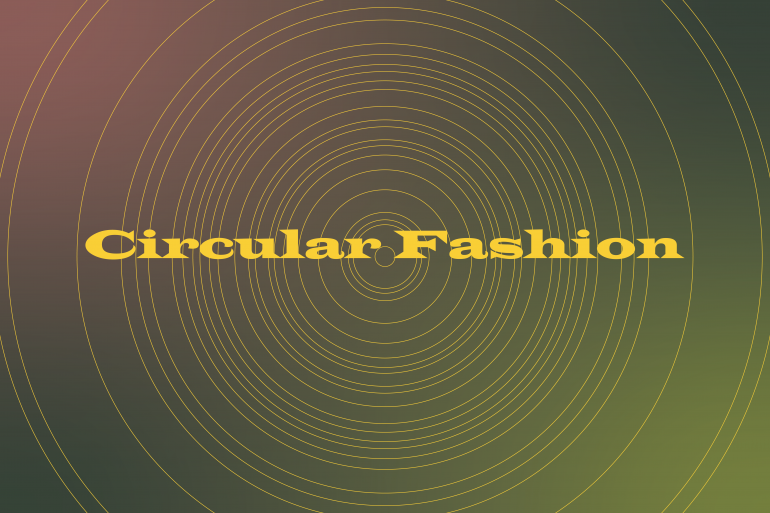Fast fashion is kept on a pedestal, and tailor-made, high-quality clothes are not cared for in an age of ever-changing trends. The quantity of waste the fashion industry produces is increasing at an alarming rate. The thought of sending your used garments to a thrift store or the trash can be intimidating. What if those garments are recycled, mended, re-invented to something you can love every day. The concept of a circular model, in terms of textiles, is relatively new. We had the privilege to converse with the beloved SCAD alumnus, Eleanor Turner, CEO of the Big Favorite. A company founded on the idea of keeping materials in the loop, made possible by high-quality, pre-shrunk cotton and a sleek, seamless recycling program. Her impact on the clothing industry is hard to ignore, with circular fashion becoming the standard for the garment microcosm.
How would you introduce circular fashion to someone new?
For someone with no context to circularity, I would describe it as “diverting your clothes or your goods from the landfill for as long as possible. Whether that is reuse or repair, or it’s textile recycling.”
How would you describe the difference between sustainable versus circular clothing?
To me, sustainable fashion is any effort you make to create something better for the planet. Whether that is working with certified organic cotton, considering your labor force, making things in America versus developing countries, etc. To me, that is the sustainable ethos. It has a lot of ties to circularity, but it’s not the same thing. Circularity keeps your resources in the supply chain for as long as possible. It diverts goods from landfills and never lets the resources go out of use. When we pull raw materials from the earth and manufacture items, it has a considerable carbon footprint, so we need to keep those in use for as long as humanly possible.
Things you learned from your time at scad?
I graduated in 2008. We had one fabric store, Joanne’s, that was it. There weren’t a lot of resources. Nonetheless, the amazing thing was that the professors leaned into that. And they said, “I don’t care if you don’t have as many resources as in New York. This is going to make you more creative. It is going to make you grittier and more resourceful.” It imbued in me this sort of scrappiness, and I wasn’t afraid to experiment. And I think that that has shaped my attitude towards entrepreneurialism.
As a consumer, what choices should we make while purchasing garments? Which materials are the most recyclable? What should we avoid?
When you’re buying or looking at purchasing new garments, I think doing your part to try thrifting or repairing. Elongating the life of your garment, whatever way that may be. We have to reduce our plastic waste in terms of content; plastic makes 85% of textiles. As a consumer, it’s up to you if you want to see something happen in the world and support it. If you can’t buy it, tag people, like, share things.
What learnings or inspirations did you draw from your work experience that helped your journey with The Big Favorite?
Networking is everything. And I don’t just mean networking up either. I mean, peer networking. It’s the biggest reason why I make time for mentoring. I make time to connect with people in my industry who know about what I know about or don’t know about. I think we plant seeds of ideas in those conversations, and they come to fruition. Don’t burn any bridges. Try to be professional; stay professional. Although that can be hard because of the creative industry, it will always serve you. I think as art students, we can be convicted of our ideas and ideals. But balancing ambition, a healthy sense of curiosity, and an interest in learning will serve students well.
What does the future of fashion look like to you? Do you think other companies will soon pick up on the circular economy too?
I think the future of fashion is equality. It’s inclusive. It’s diverse. And I think the future of fashion is not just creative in the sense of cool clothes or accessories. Creatives are needed across the board in different areas, be it the supply chain or logistics in material development. It’s an incredible time for creatives looking for careers in fashion. Especially at SCAD, we’ve been trained to think outside the box. And truly apply creativity across the board. I do believe the future of fashion is circular. And I am so excited to see how things progress over the next decade, like what is the saying is? “People overestimate what they can do any year but underestimate what they can do in 10. Yeah, so I’m excited about the future.”
Words by Eleanor Turner.
Edited by Megan Clifford and Rhea Gupta.
Graphic by Elizabeth Erdy.

